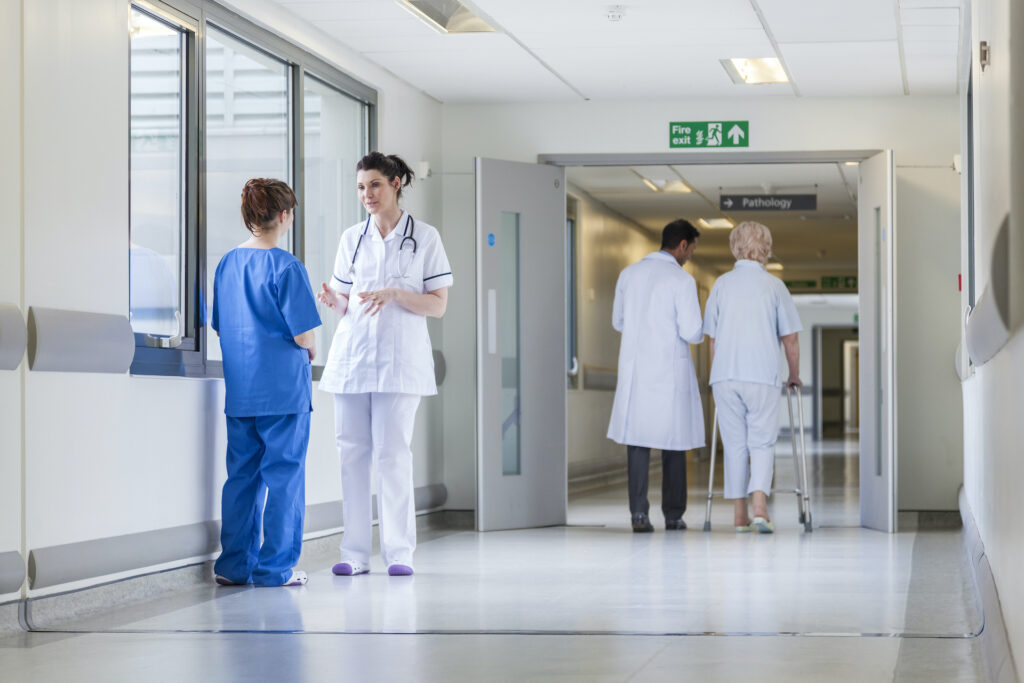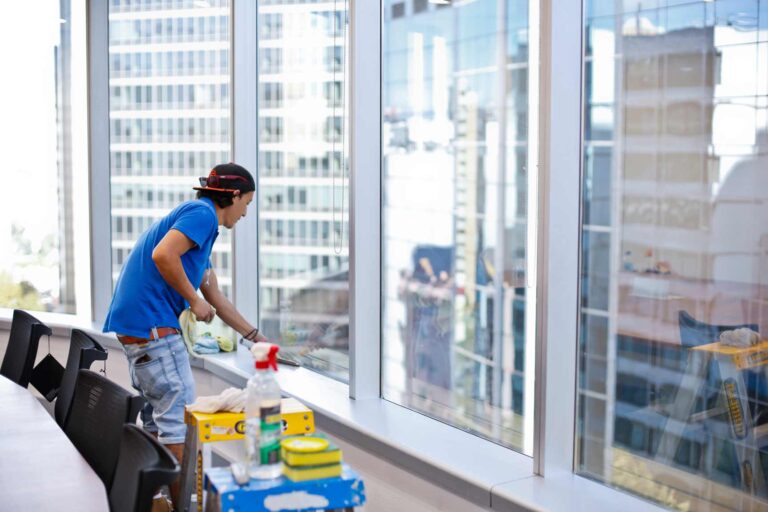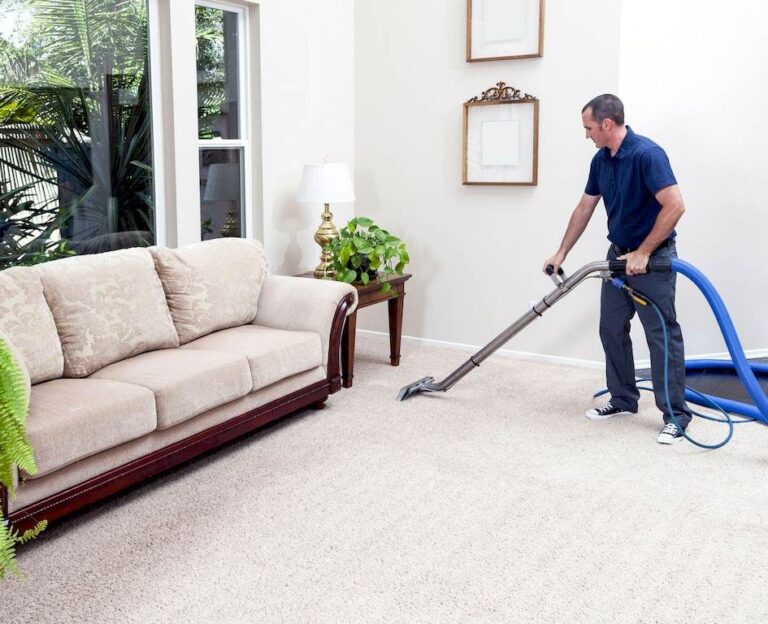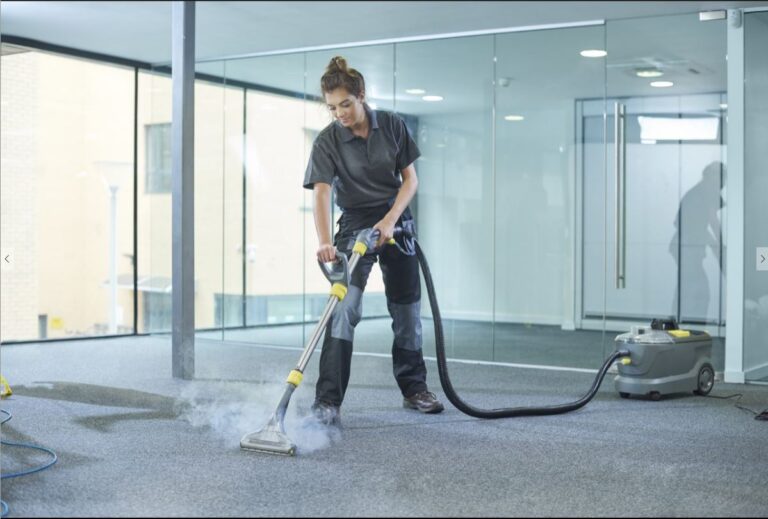Imagine a spotless, germ-free hospital or clinic as a haven of health and safety. Upholding such a setting is essential, not a matter of personal opinion. Premier Janitorial Services cares about the health and safety of your patients and employees and is dedicated to keeping your medical facility clean. Here, you’ll find all the information you need to maintain a safe and sanitary medical facility, including tried-and-true methods for keeping the office spotless.
1. Tailoring Your Cleaning Plan
Different medical facilities have varying sizes, designs, and levels of cleanliness that must be addressed. The first order of business is to develop a unique cleaning schedule catered to your building’s needs. Work together with your cleaning company to determine the problem areas and create a comprehensive plan for fixing them. The strategy should include weekly and monthly milestones to ensure continuity.
2. Prioritize Infection Control
Eliminating the risk of spreading disease is of paramount importance in a healthcare setting. Any lack of hygiene might have disastrous effects due to the constant threat of cross-contamination. It’s important to regularly sanitize high-touch surfaces like doorknobs, light switches, and shared equipment to prevent the spread of germs.
3. Tackling Medical Waste
Used syringes and bandages are examples of the biohazardous waste produced by the medical community. Ineffective waste management is a nonstarter. Ensure medical waste is collected and disposed of in compliance with local rules and norms. The consequences of improperly handling medical waste are serious for human health and safety.
4. Selecting the Right Cleaning Products
Choosing the right cleaning products is a critical aspect of medical office cleaning. Opt for disinfectants and cleaning agents with a proven track record against various pathogens. Reading product labels and adhering to the manufacturer’s instructions is crucial. Maintaining a stock of personal protective equipment (PPE) for your cleaning staff, including gloves, masks, and goggles, is essential to ensure their safety while working with cleaning chemicals.
5. Attention to Waiting Areas
Patients and their loved ones often spend time in the waiting rooms of doctors’ offices. These areas must always look nice and invite people in. The waiting room’s shared furniture, fixtures, and reading materials should be cleaned and sanitized regularly. Due to the ease with which dirt and debris can be tracked in from outside, it is essential that the floors be kept clean at all times.
6. Pristine Examination Rooms
Examination rooms are where patients come into close contact with healthcare providers. They must be maintained to the highest standards of cleanliness. Regularly disinfect examination tables, medical equipment, and all surfaces that may come into contact with patients. Ensure that all linens and disposable items are changed between patients to prevent infections from spreading.
7. Sterilization Room Excellence
Sterilization rooms are the epicenter of infection control in a medical office. Ensuring all instruments are properly cleaned, sterilized, and stored in line with industry standards is a top priority for smells like bleach after cleaning. This area should undergo meticulous cleaning and disinfection to prevent any contamination of medical instruments.
8. Lavatory Care
Restrooms in a medical office should be cleaned and disinfected regularly, as they can easily become hotspots for germs. Pay special attention to sinks, toilets, and high-touch areas like faucet handles and doorknobs. Provide ample soap and hand sanitizer for patients and staff to encourage proper hand hygiene.
9. Clean HVAC Systems
The HVAC system is pivotal in maintaining air quality within a medical office. Regularly change air filters to ensure optimal ventilation and air circulation. A clean HVAC system can help remove contaminants from the air and create a healthier environment for patients and staff.
10. Regular Deep Cleaning
Deep cleaning sessions and daily and weekly cleaning duties should be scheduled regularly. A deeper cleaning goes above and beyond the standard cleaning and disinfecting procedures. It can clean inaccessible spaces and remove germs from deep crevices. Every three months at the very least, or more often if necessary, you should thoroughly clean your medical facility.
11. Ongoing Training and Certification
Cleaning staff in a medical office should receive proper training and certification in healthcare cleaning protocols. This includes infection control, proper handling of hazardous materials, and the use of disinfectants. Staying updated with the latest guidelines and best practices is essential for delivering effective cleaning services.
12. Monitor and Inspect Cleaning Performance
Regular monitoring and inspections are essential to meet the cleaning standards consistently. Appoint someone within your medical office to oversee the cleaning process and verify that all areas meet the highest standards. If you partner with a janitorial service like Premier Janitorial Services, request periodic reports and quality assessments to stay informed about the cleaning service’s performance.
Conclusion
Maintaining a clean and hygienic environment in a medical office is not just an option; providing quality healthcare is necessary. Premier Janitorial Services is dedicated to helping medical offices meet these high standards. By developing a customized cleaning plan, prioritizing infection control, and following best practices, you can create a safe and inviting environment for patients and staff. With the right approach to medical office cleaning, you can promote health and well-being while maintaining a professional and welcoming atmosphere for everyone who enters your facility.





